This week, we celebrate the controversial works of literature that often fall victim to the hands of censorship. Oftentimes, when a book is challenged, it’s because community members feel that it doesn’t meet the community’s standards or uphold community values. Since libraries and schools are institutions that stand to serve the community, and since most challenges are usually submitted in the best interest of the young students who are meant to read the books, these challenges are taken seriously and sometimes books end up banned.
In her book, Reading in the Wild, Donalyn Miller explains the delicate balance between making sure that the books in students’ hands are appropriate and letting them have authentic reading experiences by self-selecting their literature:
While I agree that teachers and parents must be mindful of the content of reading material that children read, we walk a fine line when we decide to limit book access because we are uncomfortable with difficult or provocative topics. One of the reasons wild readers [readers who read on their own, not just for assignments] enjoy reading is that books can answer our questions and help us explore our experiences.
As an avid reader, many of the books that have shaped my reading habits, and even my perception of the world around me and my role in it, are books that have been frequently banned and challenged throughout history.
Here are seven of my favorite frequently banned books:
Captain Underpants (series) by Dav Pilkey (Grades 2-5, Lexile 720)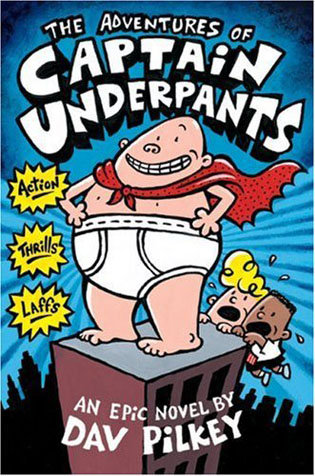
Why it’s challenged: Offensive language, unsuited for age group
With a title like Captain Underpants, you can pretty much assume that the sense of humor in this series is going to be of the potty variety. But that’s okay; reading can be a little bit naughty! Kids have been laughing at bathroom humor since time immemorial. What really matters is that George and Harold, along with Captain Underpants, work together to fight the very silly forces of evil that make up the series’ cast of villains.
Harriet the Spy by Louise Fitzhugh (Grades 4-6, Lexile 760)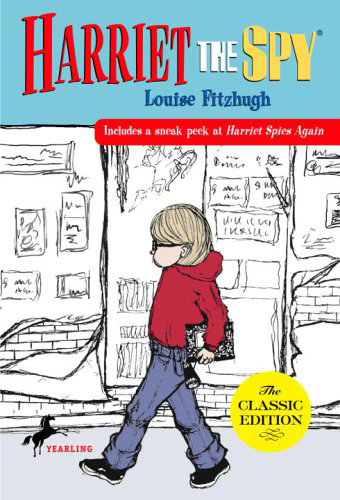
Why it’s challenged: Sets a bad example for kids, encourage them to spy, lie and swear
Harriet the Spy features an observant young woman who has to learn a difficult lesson about navigating between telling the truth and keeping some things to herself. The lies Harriet has to tell are small ones, crafted with the express purpose of protecting those around her from her (sometimes) hurtful opinions. Ol’ Golly encourages her to write about the world she sees, by fleshing out her stories with real details that she collects on her spy route. If we don’t encourage our students to form opinions with the real observations they make, how are they supposed to express themselves responsibly?
The Giver by Lois Lowry (Grades 6-12, Lexile 760)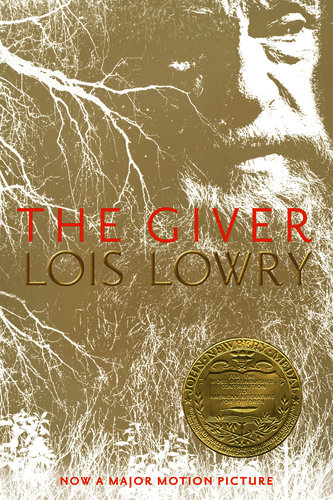
Why it’s challenged: Depictions of violence, unsuited for age group
For many American students, The Giver serves as an introduction to the dystopian fiction genre. The world that the protagonist, Jonas, inhabits appears perfect on the outside; the weather is engineered, there’s job security, people get along. But as Jonas discovers, there’s a dark side to all the cheery Sameness. Much like One Flew Over the Cuckoo’s Nest, The Giver doesn’t always portray authority in a flattering light. Most of the challenges to this book’s use in the classroom have to do with its dark tone, the very device that helps deliver the story’s cautionary moral: The safety afforded by sameness always comes at the expense of somebody else.
Invisible Man by Ralph Ellison (Grades 7-12, Lexile 950)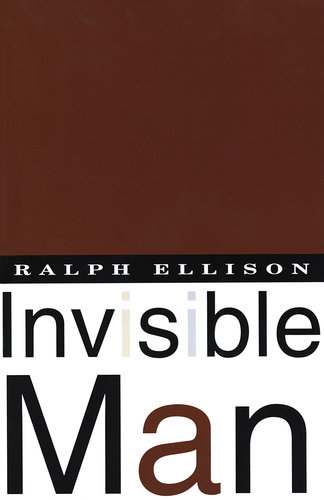
Why it’s challenged: Lack of “literary value,” profanity and images of violence and sexuality
I was assigned to read this book my senior year of high school, and I vividly remember sitting in the basement of my parents’ house, turning the pages one after the other and trying to convince myself that reading ahead didn’t make me a nerd. Invisible Man’s unnamed narrator leads the reader from vignette to vignette, showing the various societal roles that Black Americans filled in the early-to-mid-20th Century as well as white America’s reaction to them. This book has a position; it says something. That’s what I love about it. It doesn’t sugarcoat the various ways Black Americans were marginalized, and I was able to draw connections to the inequalities I continued to see in the early 21st Century.
Persepolis by Marjane Satrapi (Grades 9-12, Lexile GN380)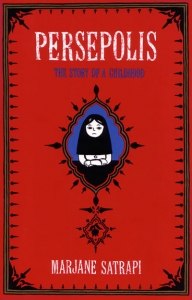
Why it’s challenged: Graphic depictions of Sharia law in Iran, offensive language, depictions of gambling, political viewpoint
In this graphic memoir, Satrapi shares her experiences growing up in Iran in the 1980s, after the Islamic Revolution. A few frames depict a torture scene, but as Satrapi says in a 2013 interview, “It’s based on the story of my life, so it’s not some stuff that is made up to make kids scared. These things exist in the world. It takes place everywhere. It even exists in the United States. Torture and prison–these are human realities, and if you are aware of them, then maybe later on, we can fight them. Because you understand the horror of this situation.
Beloved by Toni Morrison (Grades 9-12, Lexile 870)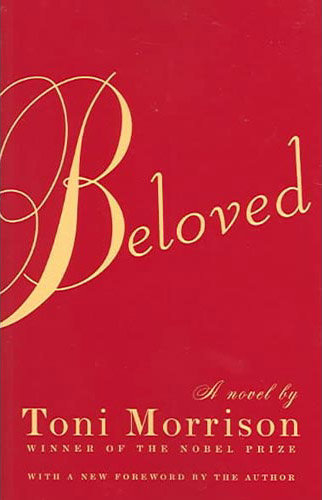
Why it’s challenged: Religious viewpoint, violence
Let me say first and foremost, this is a title for mature audiences. Morrison describes the brutal acts of violence against slaves and former slaves with clarity and truthfulness; there are scenes in this book that can be hard to digest. But this book is about the hard choices many of these former slaves had to make and the consequences they had to endure in pursuit of what every person deserves: freedom.
One Flew Over the Cuckoo’s Nest by Ken Kesey (Grades 9-12, Lexile 1110)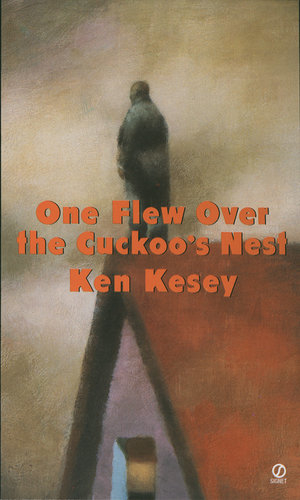
Why it’s challenged: Glorifies criminal activity, promotes “secular humanism”
Another book for mature audiences, One Flew Over the Cuckoo’s Nest is a story about a criminal who pleads insanity in order to escape charges, but ends up in an asylum run by an authoritarian, dictatorial Nurse Ratched. The main character is an anti-hero, whose criminal past isn’t skirted around, but he inspires the other inmates to stick up for themselves and to revolt against the iron-fisted nurse. McMurphy’s “criminal” behaviors will unlikely inspire student rebellion. Instead, studentswill be encouraged to question authority when it encroaches upon the human rights of the vulnerable people they should protect.


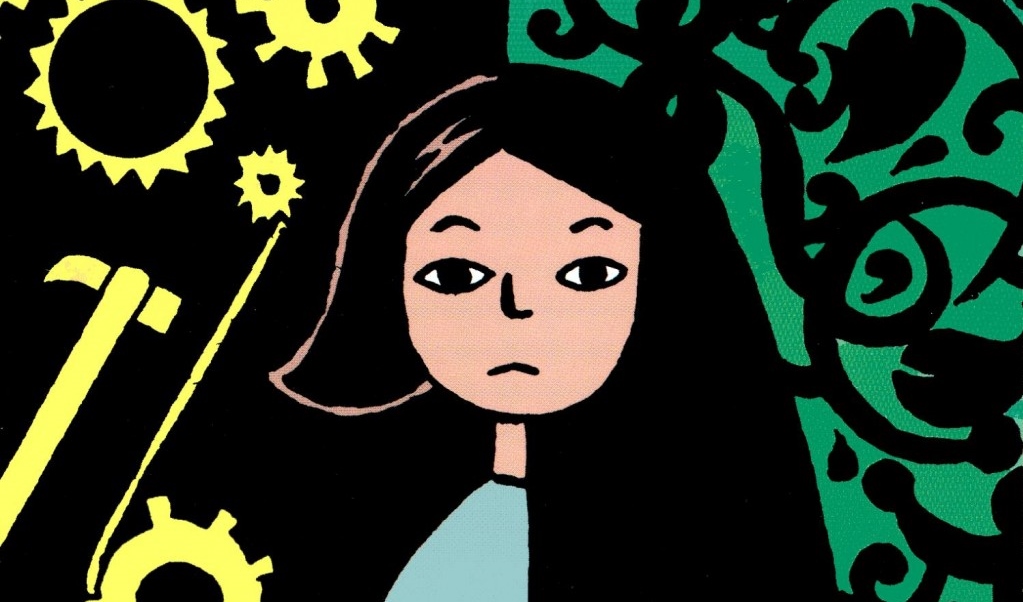
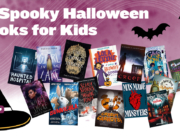
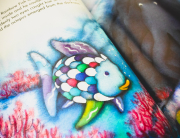

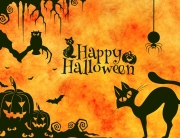
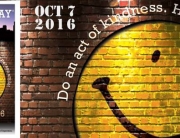
Leave A Comment